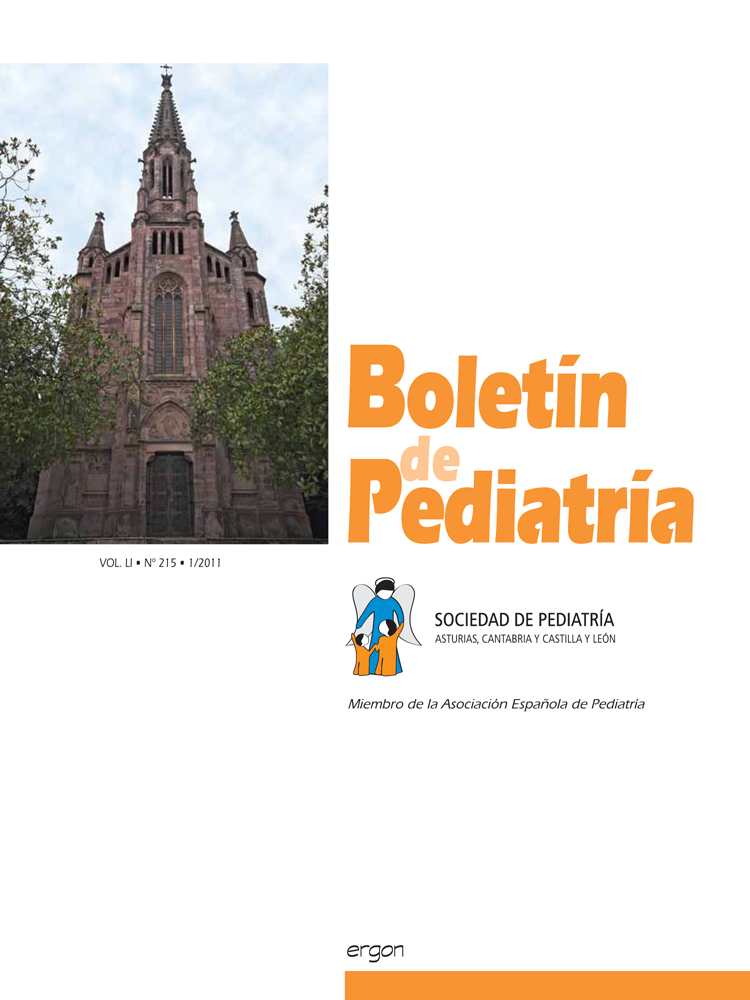Abstract
Aim. To analyze the use of echocardiography practice
guidelines valuing the impact of their lack of adherence
regarding the diagnosis of congenital heart defects.
Methods. Aprospective observational study carried out
through the analysis of echocardiography requests indicated
in children in the health area of Leon during six months.
These requests were classified according to the degree of
adequacy to the echocardiography practice guidelines. Those
requests with a scientific level of evidence Class I or II were
referred to as “adequate”, those belonging to class III were
referred to as “not adequate”. Once classified, the variables
age, sex, request procedure, reason of request and echocardiography
diagnoses defined by the terms “Normal” or
“Pathological” were analyzed.
Results. 146 requests were accepted, being 70% of them
correctly indicated. Congenital defects were detected in 41
children. Echocardiography diagnoses within the “adequate”
requests was pathological in 37 echocardiographies (36,6%)
while only 4 (9,3%) in “not adequate” ones (p: 0,001, OR:
5,64, IC 95%: 1,87- 17,03). Only 9,7% of the children with
hearth diseases detected during this study were so, through
not indicated ecochardiographies.
Conclusions. Almost a third of the requests do not adjust
to the echocardiography practice guidelines. Requests made
following the echocardiography clinical practice guidelines
have 5 times more chances of detecting pathology than those
not indicated. Approximately 8% of heart diseases detected
were so through not indicated echocardographies.

This work is licensed under a Creative Commons Attribution-NonCommercial 4.0 International License.
Copyright (c) 2011 Boletín de Pediatría
